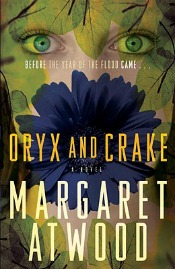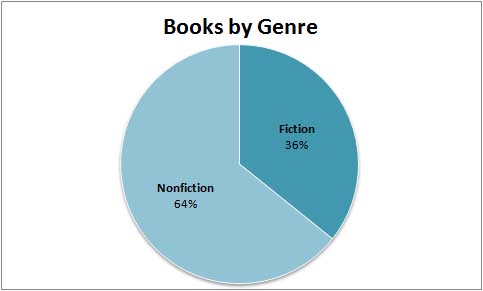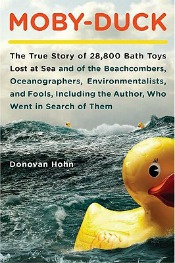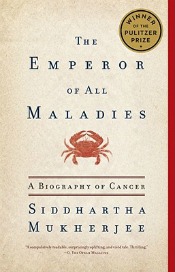Title: Moby-Duck: The True Story of 28,800 Bath Toys, Lost at Sea and of the Beachocombers, Oceaongraphers, Environmentalists, and Fools, Including the Author, Who Went in Search of Them
Author: Donovan Hohn
Genre: Nonfiction
Year: 2011
Acquired: Library
Rating: 




Review: Confession time: I picked up this book because I fell in love with the subtitle. I have this readerly weakness for a great subtitle, and Moby-Duck by Donovan Hohn has one of the best that I’ve read in awhile:
The True Story of 28,800 Bath Toys, Lost at Sea and of the Beachocombers, Oceaongraphers, Environmentalists, and Fools, Including the Author, Who Went in Search of Them
Doesn’t that make your heart flutter a little bit? Just me?
Anyway… Moby-Duck is a hilariously awesome book that covers just as much ground as the subtitle suggests it will. Hohn’s quest — evocative of Captain Ahab’s quest to find the great white whale — is to follow the life of a single plastic duck. Strange? Absolutely! But worth the read? I’d say so.
Hohn gets started on this seemingly strange journey after reading a newspaper story about a freighter accident in the North Atlantic that dumped 28,800 plastic bath toys into the ocean. Years later, the little beavers, frogs, turtles, and ducks were appearing on beaches around the world. Oddly entranced and curious about the path of these rogue toys, Hohn decides to chase the elusive ducks wherever they may lead him. Through the course of the book, Hohn goes beachcombing in Alaska, sailing for trash in Hawaii, sightseeing in China’s industrial wilderness, and exploring in the far reaches of the Arctic wilderness.
Moby-Duck is a ranging and meandering journey of a book, but it never feels like Hohn has gone off course. Part of the reason for that is, I think, Hohn’s background as an essayist. Each “chase” is really a series of vignettes that connect together around the part of the journey Hohn is currently on. It’s nice because it makes Moby-Duck a book you can slip in and out of easily and still get back to where you were.
Hohn also has the essayist’s skill of writing evocative and memorable first and last lines to each piece, and the essayist’s trick of connecting together disparate elements. This, for instance, is the opening line to a section where he writes about polar bears and humans:
Two days out of Resolute, four days from Cambridge Bay, in the smoking lounge, where the yardlong penis bone of a walrus hung, trophy-style, above the wet bar, members of the Louis‘s crew were drinking cans of Pepsi purchased from vending machines, and tapping their cigarettes against the crenellated edges of black plastic ashtrays, and watching, the flat-screen television, a National Geographic documentary called Hunter and Hunted: Arctic Attack.
Later in that same section he writes:
The way we look at polar bears is indicative, I think, of a larger confusion, a larger and perhaps untreatable blurriness in our vision. It’s as though the more pictures we take of the world the less clearly we see it, as if out megapixelated screens weren’t windows but kaleidoscopes.
And then closes with:
On the bridge of the Louis, somewhere in Peel Sound, we were all still watching the bear beside the hole. Its patience was so great that it resembled somnolence. I swear to both God and the monsters thereof, that as we watched, a seal popped up to catch a breath, and as it did the until now statuesque bear sprang forth, catlike, extending its fatal paw. With one terrible and yet somewhat leisurely swipe is snared the seal by the neck, punctured the jugular with one terrible bite, and then, limp carcass hanging from its jaws, trailing blood, lumbered off, making an exit that Nansen describes well, assuming “an easy shambling gait, without deigning to pay any further attention to such a trifle as a ship.” Then it disappeared behind a pressure ridge to enjoy its mean in private.
Those examples don’t capture the sense of whimsy and curiosity that Moby-Duck has, the real sense of fun that Hohn exudes as he moves through his quest, but I still like reading them anyway. Even so, I do think these passages show the way Hohn can write beautifully about the range of topics — from the fun to the terrible — that make up the narrative of Moby-Duck.
Other Reviews:
If you have reviewed this book, please leave a link to the review in the comments and I will add your review to the main post. All I ask is for you to do the same to mine — thanks!










